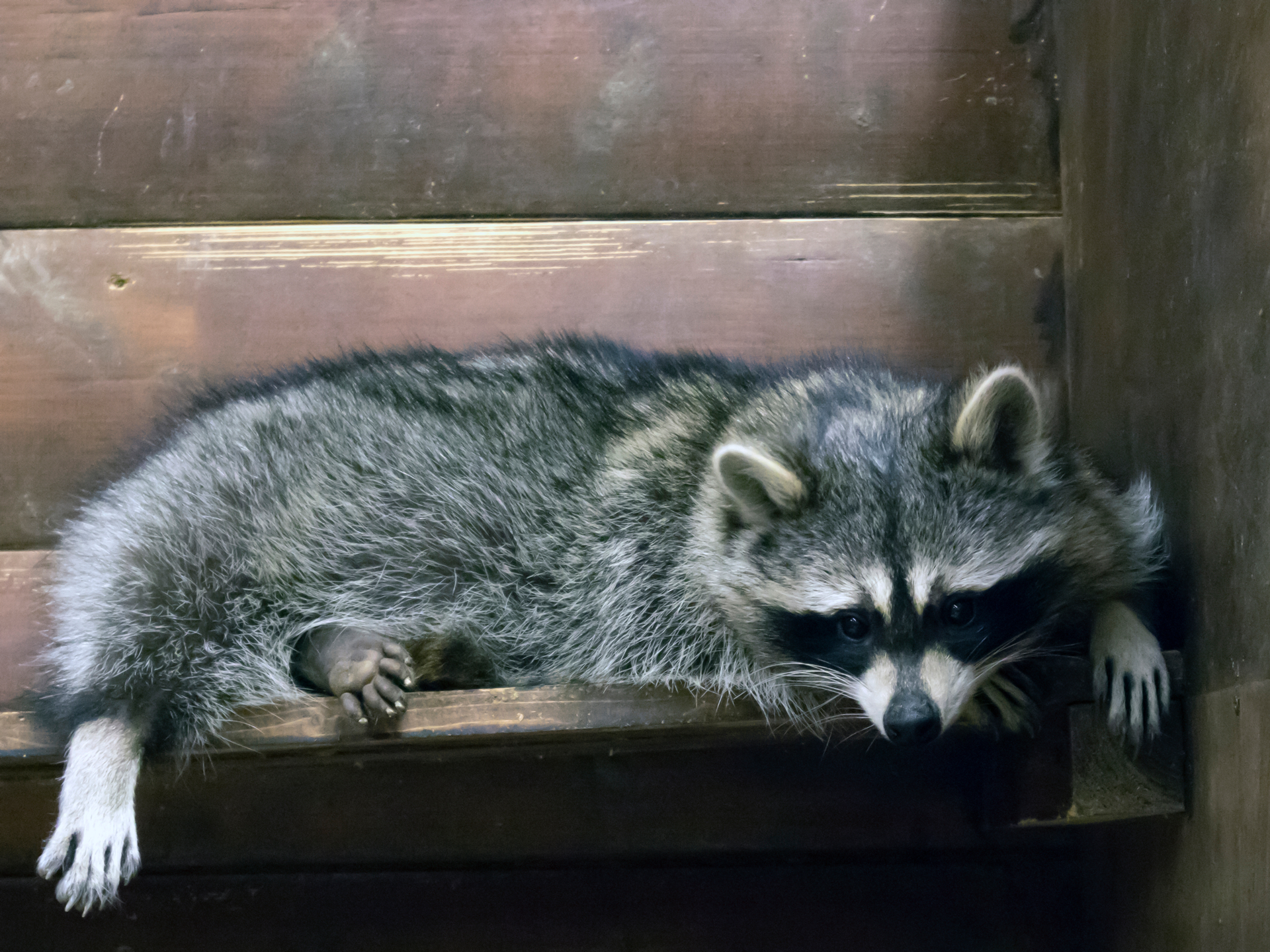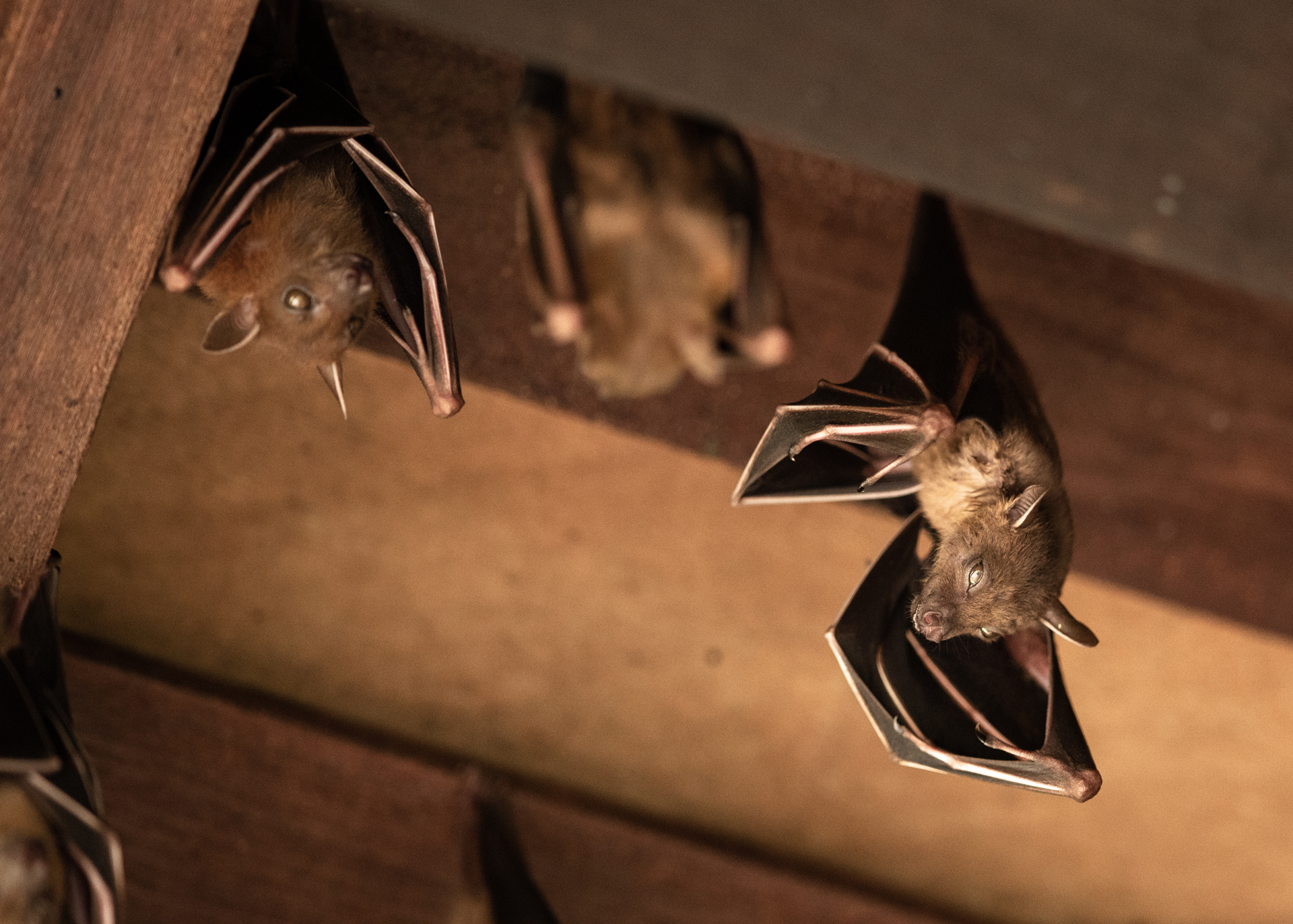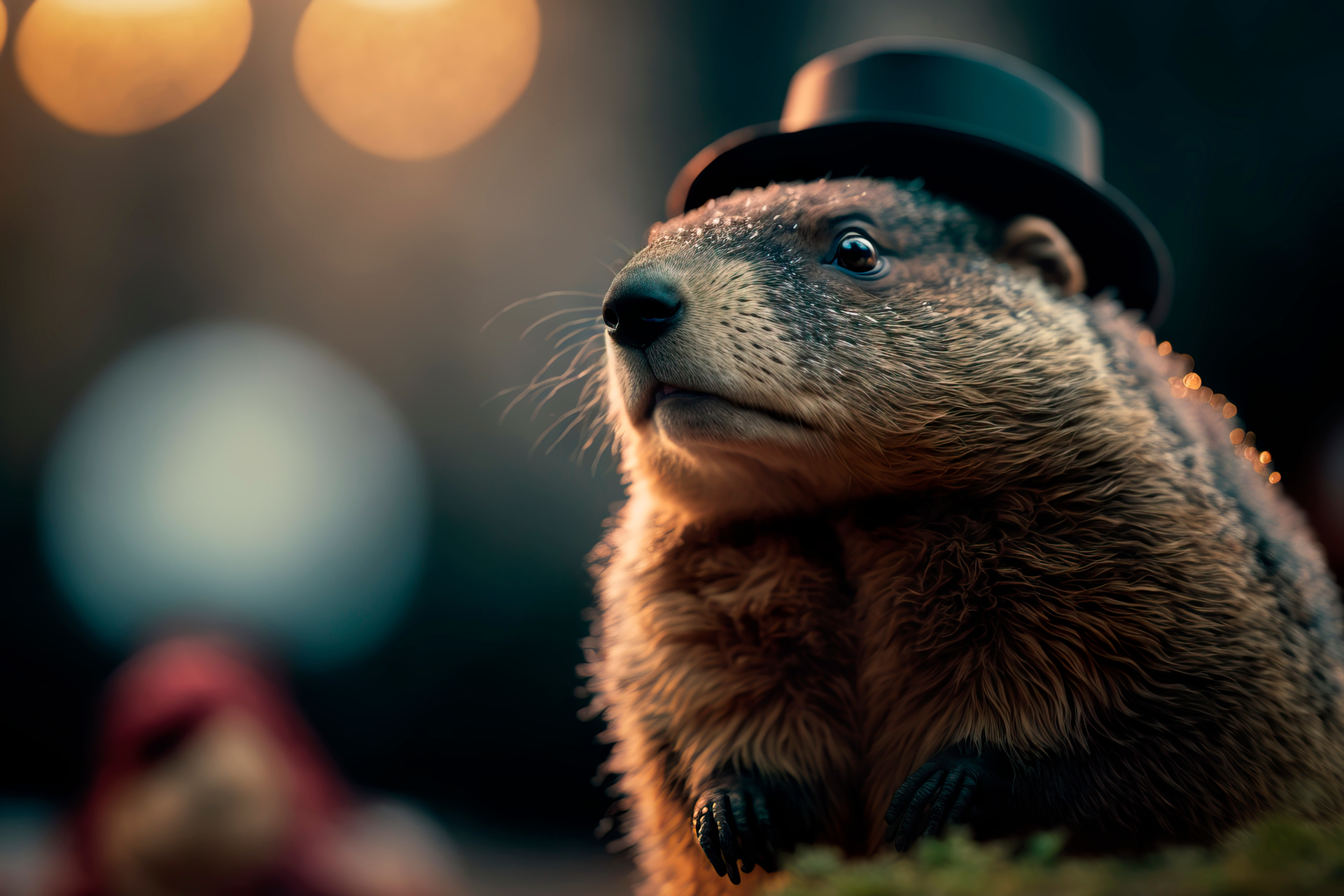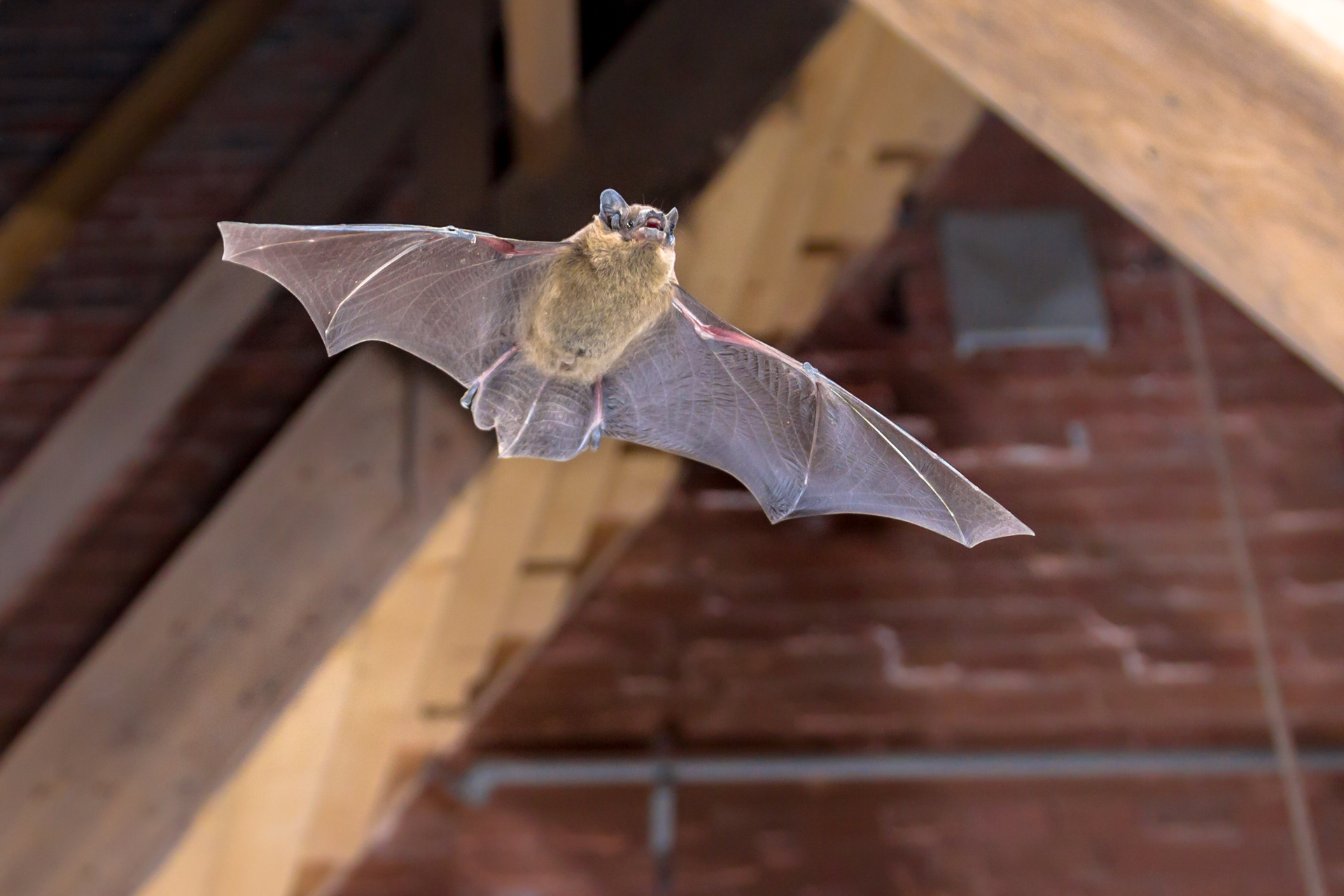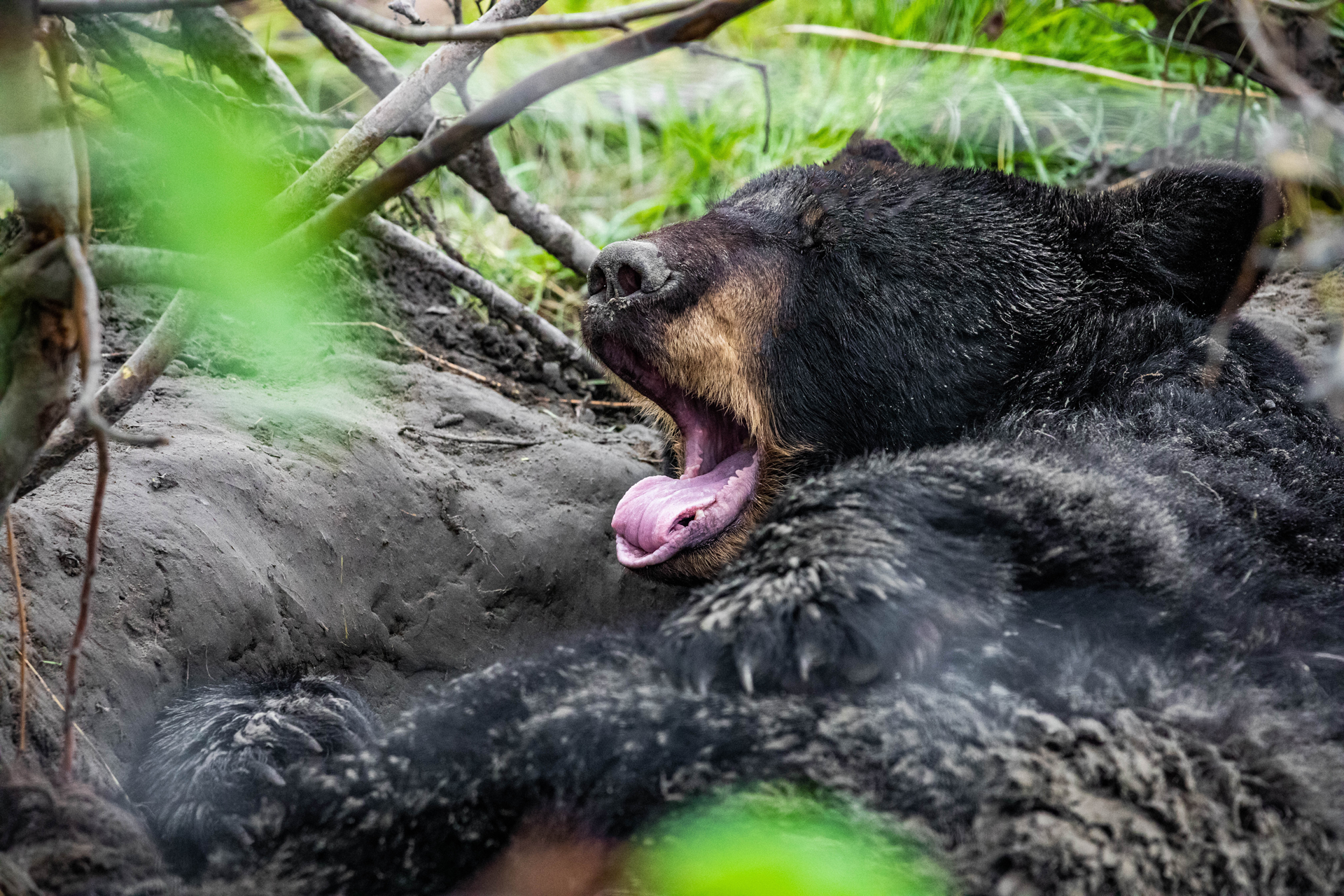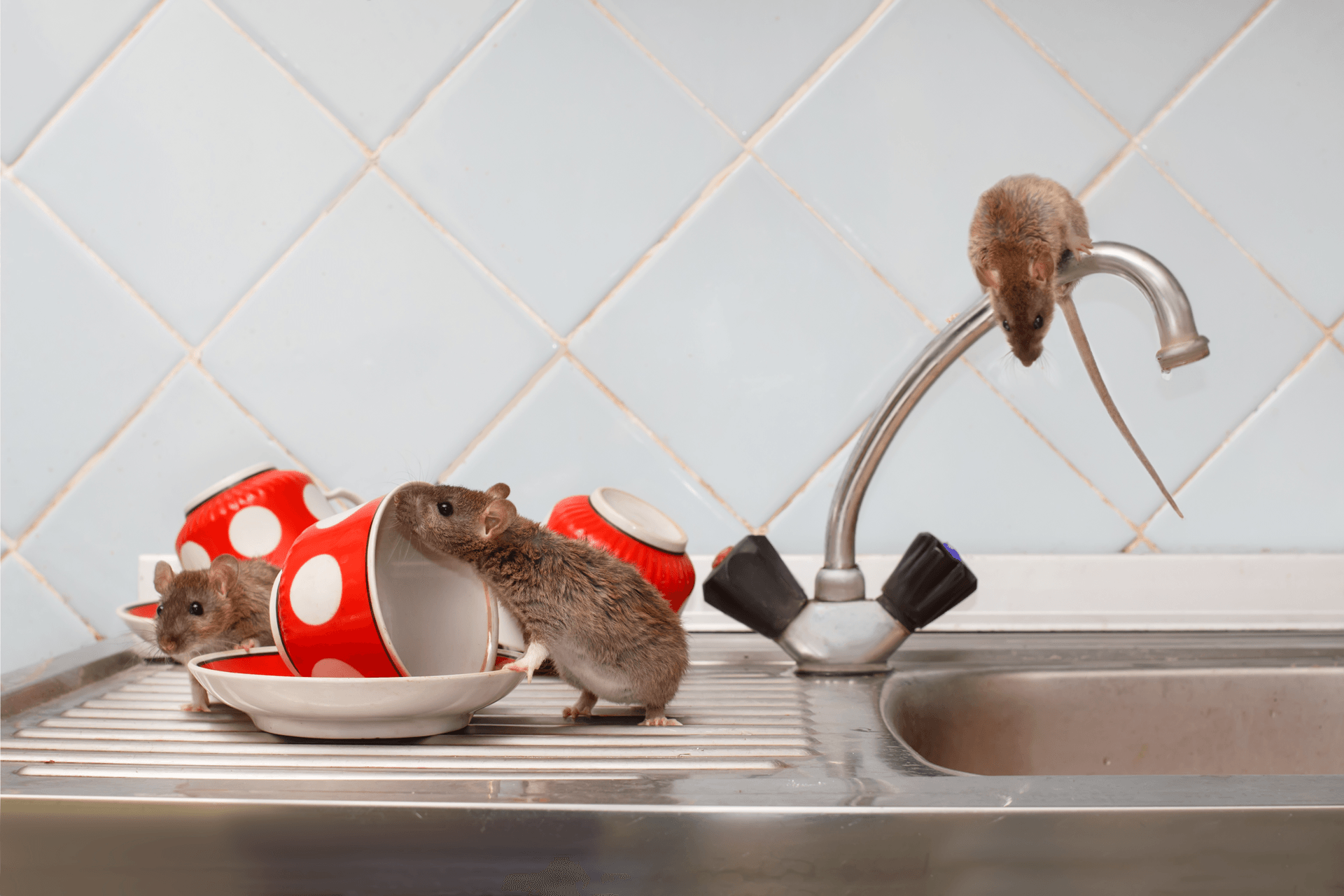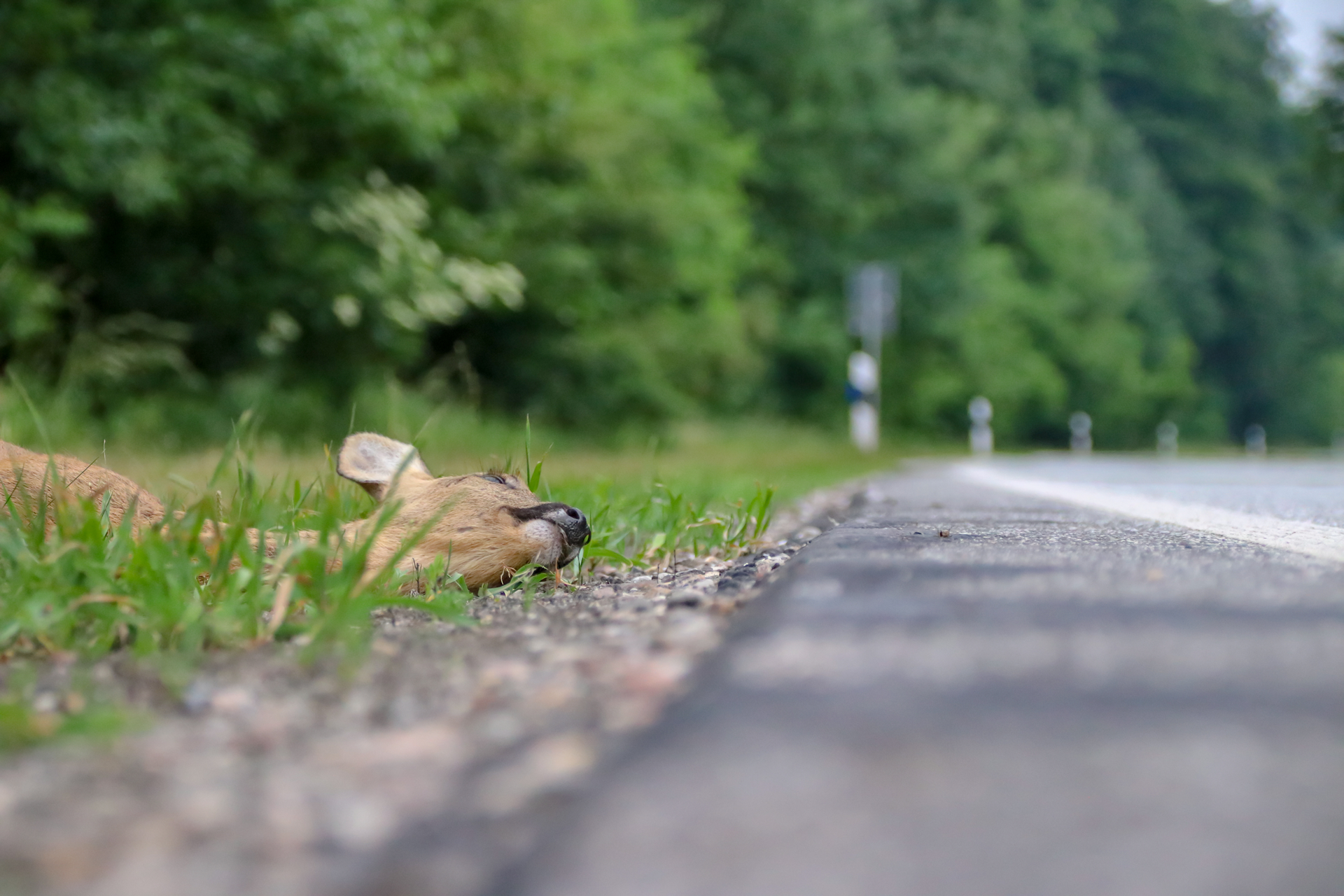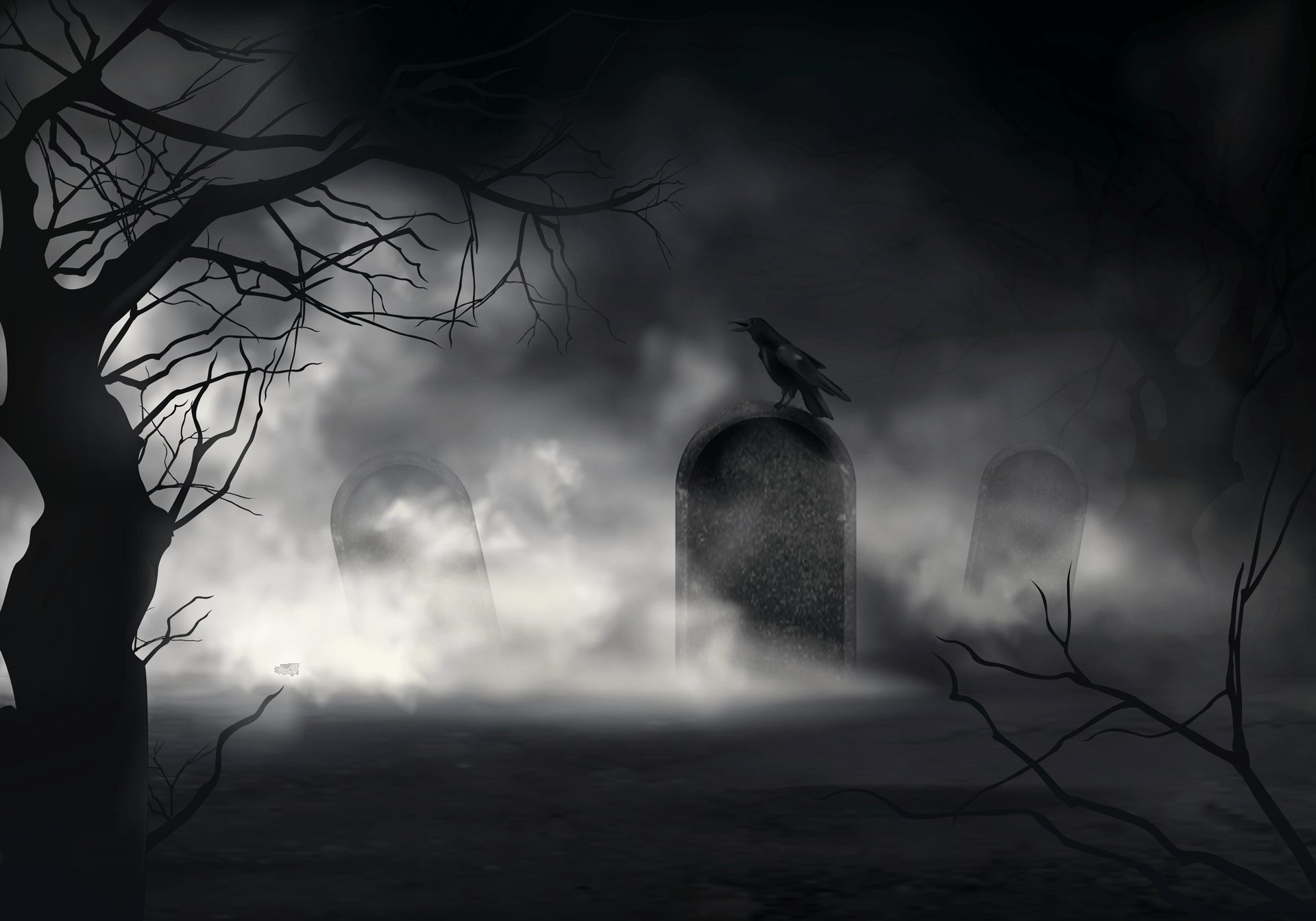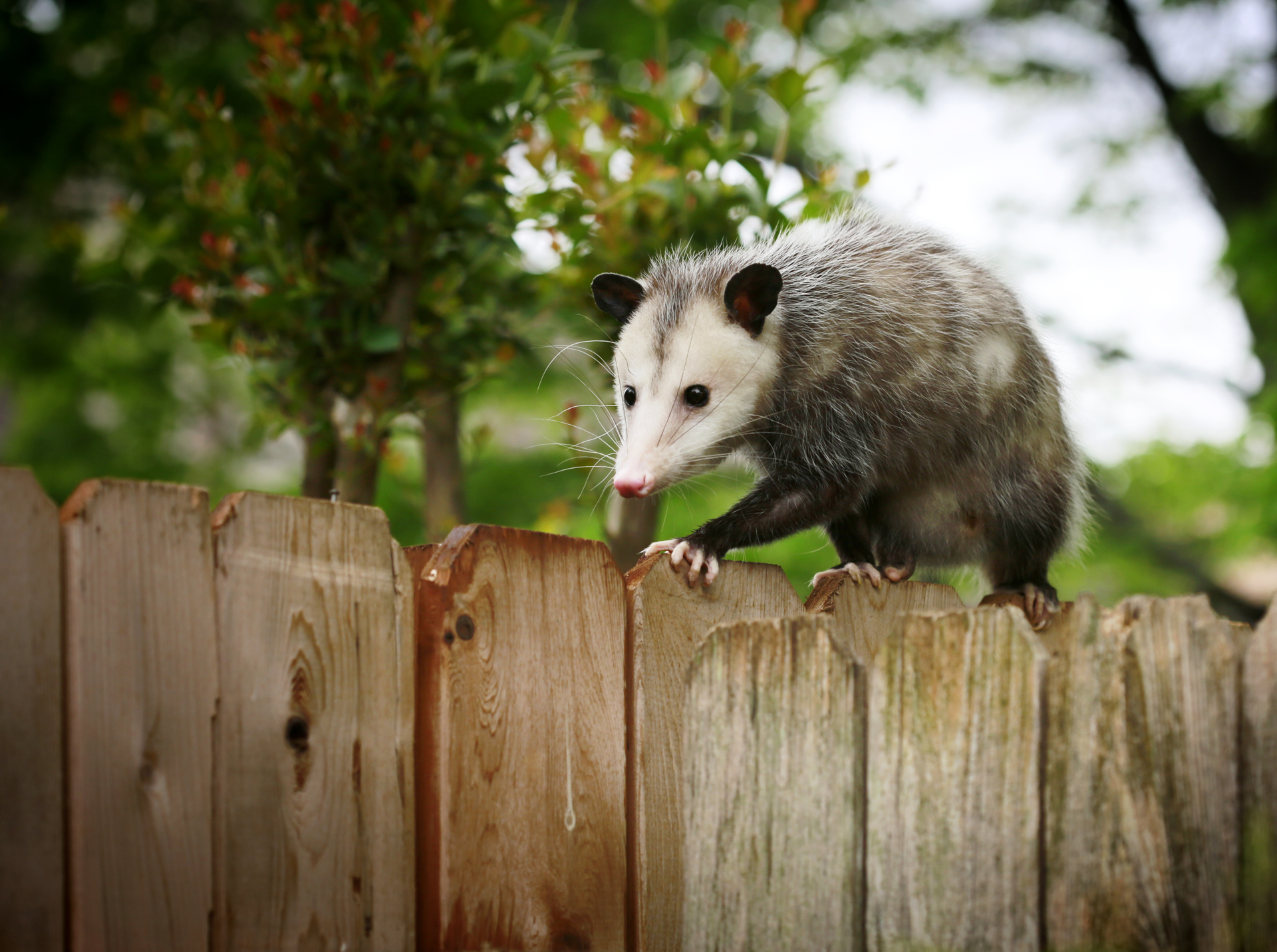Possum vs Opossum
Difference Between Possum And Opossum - Is There One?
Most people assume the word "opossum" is the scientific word for "possum." Ready for a shocker? That's not at all the case. Possums are found in Australia and New Guinea, whereas Opossums are located in North America.
Captain John Smith, who helped found the Jamestown colony in Virginia, is credited for naming the opossum back in the 1600s. He called the animal "aposoum," which means "white beast" in the Algonquian language used in Virginia in the 17th century. The first known use of the word came in 1610. A passage from the work, A True Declaration of the Estate of the Colonie in Virginia reads, "There are Arocouns, and Apossouns, in shape like to pigges, shrowded in hollow roots of trees; There are Hares and Conies, and other beasts proper to the Countrie in plentifull manner." More than 100 years later, the naturalist Sir Joseph Banks went with Captain James Cook to Australia and saw an animal that he compared to "an animal of the Opossum tribe." That animal later became known as a "possum."
Linguistically, there are some significant causes of confusion. Of course, the words themselves are very close and refer to confusable animals. Phrases also aid in the mix-up. For instance, when Americans say someone or something is "playing possum," meaning "playing dead," they are referring to an opossum. The two do have their similarities: both are marsupials, furry, and nocturnal. Other than that, though, they are very much their own creatures.
Opossum
America's only marsupial was initially found in the southern United States but has been working its way north and becoming more common in Michigan and Ohio over the years. As adults, opossums are about the size of a house cat. They have coarse, grey fur and a long tail that resembles a snake due to its scales. Their toes are pink, and their fangs are sharp, with a long, triangular snout and a pink nose. Its hairless ears are often at risk of frostbite during the harsh winters in the Northeast.
Baby opossums are typically born in March or April, with nine pups to a litter. The babies are born underdeveloped and have to crawl into their mothers' pouch and finish growing for about two months before they're able to leave. After that, the babies spend some time traveling on their mothers' backs, then finally go off on their own.
Opossums are known to create dens under people's homes or decks and take up residence in their attics. They sneak out at night to raid your trash or steal your pet's food. They will also try to sneak into your window well and find themselves stuck, scraping at the edge with their feet and damaging the walls. The animal can also strike when surprised or provoked, leaving a nasty bite.
Possum
There are 23 different species of the possum in Australia, the most common of which are the Brushtail Possum and the Ringtail Possum. The animals are incredibly territorial and mark their chosen space with urine and an oil secreted from glands across their body. They spend most of their time in trees, but will also make their way onto your roof, chimney, or garage.
The Brushtail Possum has a pink noise and pointy face like the American opossum but has tall, round ears and a bushy tail. Rather than solely grey, its fur can also be black or golden-brown. The Brushtail Possum is blamed for transmitting Bovine Tuberculosis in New Zealand, and many are slaughtered to stop the spread of the disease. The Ringtail Possum, meanwhile, is aptly named. It has grey and white fur and russet notes on its tail and limbs. This particular species is not found in New Zealand. Possums were introduced in New Zealand as part of the 19th-century fur trade. The population has since exploded into a nuisance. The problem is so bad that the government had to establish the National Possum Control Agencies in the 1990s.
People Who Know What They're Talking About
When taking care of nuisance wildlife, you need someone who really understands what they're up against. At Natural State Wildlife, we know that no two situations are precisely the same. We'll work with you to find what's best for your home or business and ensure the most effective service possible. There's a reason why we're the most trusted wildlife removal and control company in
Bentonville, Arkansas, and the surrounding counties.
Contact us today for an estimate.


